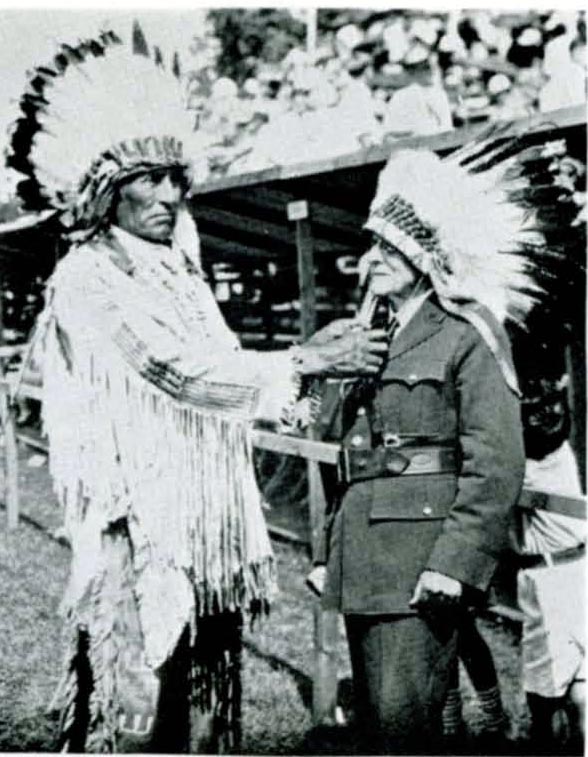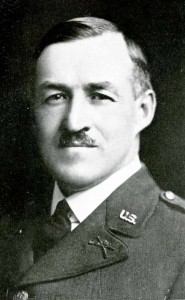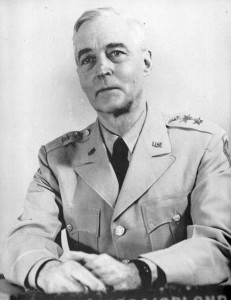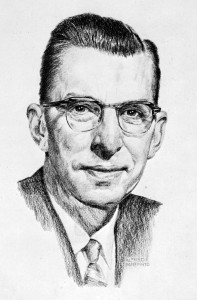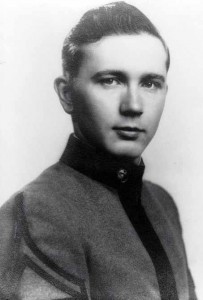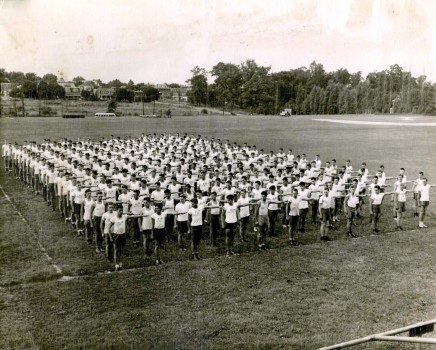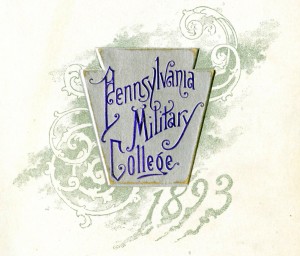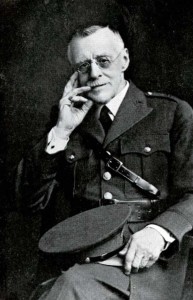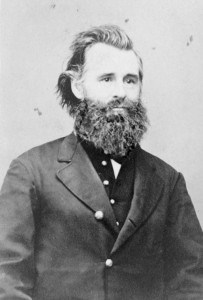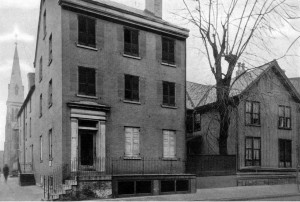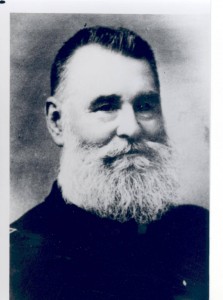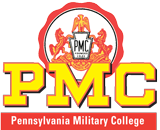A long-standing tradition at PMC was the ceremony of burying textbooks before cadets left the college. Many of these “tombstones” were located at the rear the Hyatt Observatory while others were scattered throughout the campus. The graduating class would build a coffin and gather textbooks, old uniforms, underclass records and a yearbook. Then an interment ceremony was conducted and marked by a tombstone, engraved with the graduation year of the class. Although it is not known which class originated the ceremony, the Class of 1949 revived the tradition of administrating the “last rites” to their years at PMC.
In 1939, members of the class eagerly buried their books and marked it with a memorial stone. Pictured are William Boettiger wielding the spade while John Rhodes lays ’em to rest. Graduating veterans also contributed to this tradition by interring empty beer bottles
Today, many of these “tombstones” surround the Alumni Auditorium building and a few are on display in the PMC Museum. To mark the disbandment of the Corps, the Class of 1972 placed a stone that stated “The Last Class.”

